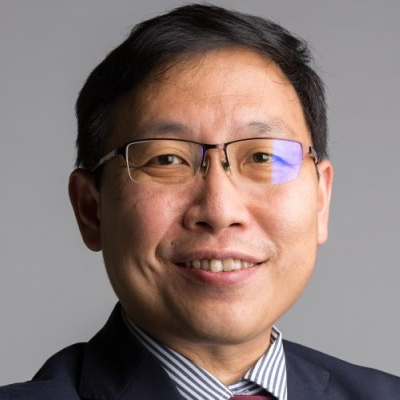Active Control of Sound and Vibration
A special issue of Acoustics (ISSN 2624-599X).
Deadline for manuscript submissions: 25 June 2024 | Viewed by 7909
Special Issue Editors
Interests: acoustic source modeling and sound field reconstruction; active noise control; acoustics simulation and auralization; noise control treatments; human perception of noise
Interests: active noise control; adaptive signal processing; psycho-acoustical signal processing; spatial/3D audio processing
Special Issues, Collections and Topics in MDPI journals
Special Issue Information
Dear Colleagues,
The history of active sound and vibration control technology can be dated back to its first documented attempt in the 1930s. Wave theory-based research on active control of sound and vibration started in 1950s. It first became a popular research area in 1990s, during that period, enormous studies were carried out, many effective active control signal processing algorithms were developed, and implementations were successful in a wide range of engineering applications, such as the control of noise in automobiles, aircraft, buildings, industrial environments, etc. After a one-decade “cooled-down” period, active sound and vibration control have recently reclaimed its research popularity. This is not only driven by the even wider range of application and commercialization potentials of this technology brought by the recent rocketing in the computing power of signal processing hardware together with its cost drop, but also by the unprecedented potential research outcomes if the recent research breakthroughs in other widely studied areas, such as artificial intelligence, computing technology, virtual reality, smart systems, perception-based engineering, etc., can find their ways in benefiting active control of sound and vibration.
This special issue of Acoustics welcomes submissions of recent research work in various aspects of active sound and vibration control, which include but are not limited to algorithm development, system modeling, physical mechanisms, review/tutorials, hardware and software, new sensing and computing technologies, engineering applications as well as interdisciplinary research.
Dr. Yangfan Liu
Prof. Dr. Woon-Seng Gan
Guest Editors
Manuscript Submission Information
Manuscripts should be submitted online at www.mdpi.com by registering and logging in to this website. Once you are registered, click here to go to the submission form. Manuscripts can be submitted until the deadline. All submissions that pass pre-check are peer-reviewed. Accepted papers will be published continuously in the journal (as soon as accepted) and will be listed together on the special issue website. Research articles, review articles as well as short communications are invited. For planned papers, a title and short abstract (about 100 words) can be sent to the Editorial Office for announcement on this website.
Submitted manuscripts should not have been published previously, nor be under consideration for publication elsewhere (except conference proceedings papers). All manuscripts are thoroughly refereed through a single-blind peer-review process. A guide for authors and other relevant information for submission of manuscripts is available on the Instructions for Authors page. Acoustics is an international peer-reviewed open access quarterly journal published by MDPI.
Please visit the Instructions for Authors page before submitting a manuscript. The Article Processing Charge (APC) for publication in this open access journal is 1600 CHF (Swiss Francs). Submitted papers should be well formatted and use good English. Authors may use MDPI's English editing service prior to publication or during author revisions.
Keywords
- active noise control algorithms
- sensor and actuator placement
- virtual sensing and noise control
- secondary path modeling
- new applications of active control
- multiple-channel active noise control system
- psychoacoustic techniques applied to active noise control
- applying machine/deep learning techniques for active noise control
- new techniques and applications in active control of sound and vibration
- commercial applications or industry deployments
- experimentation studies






